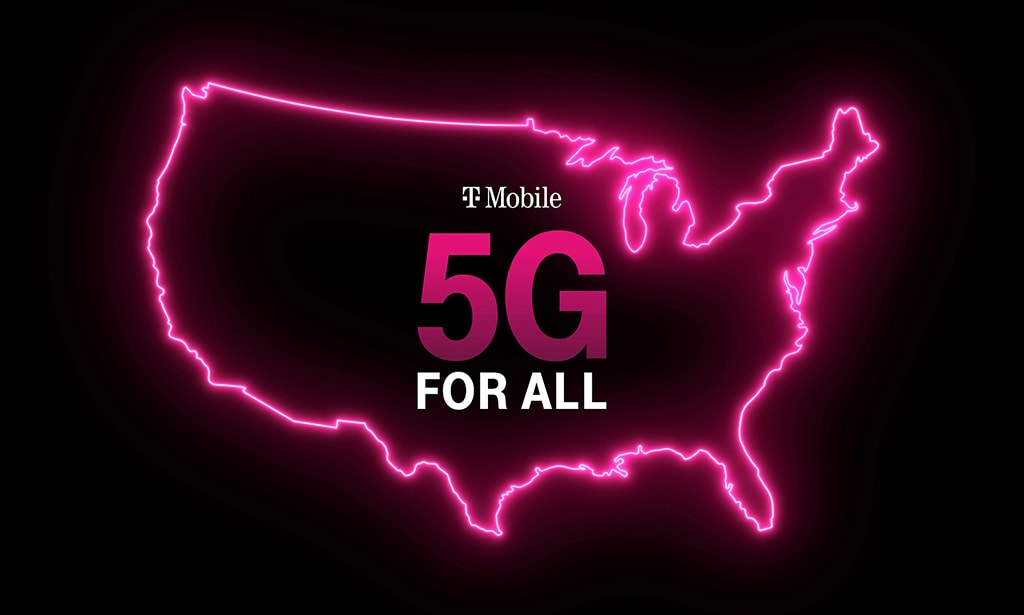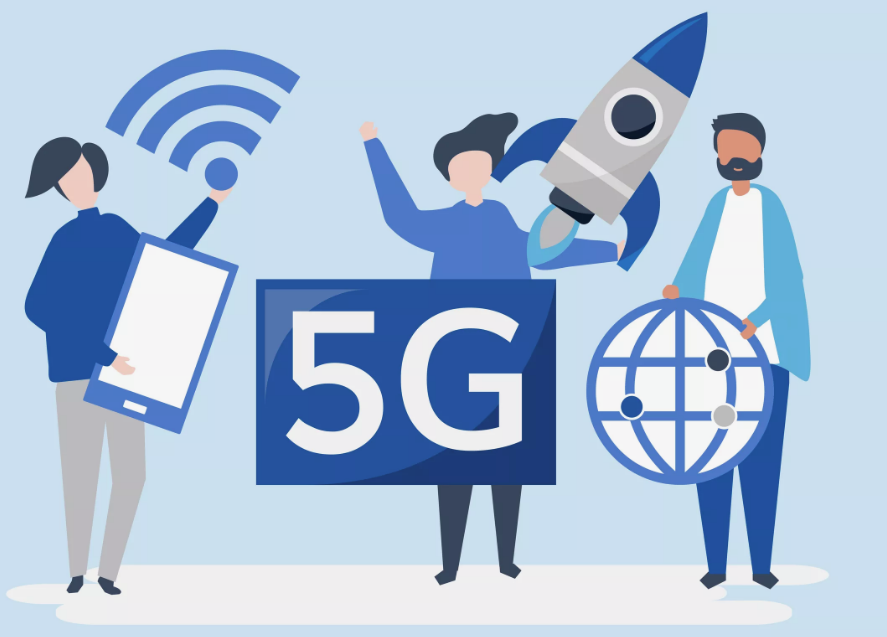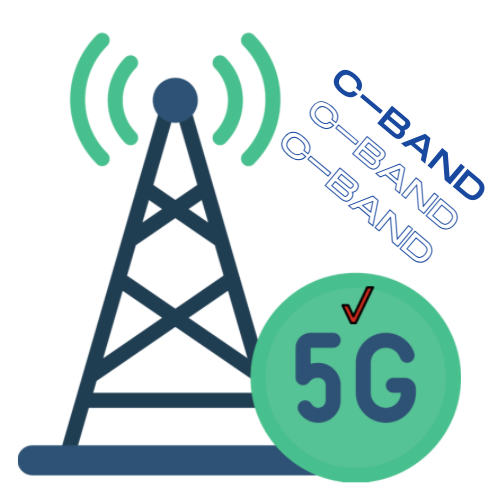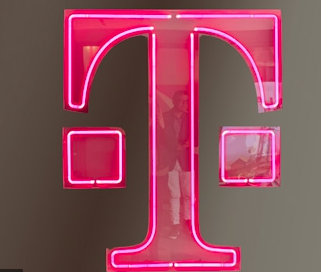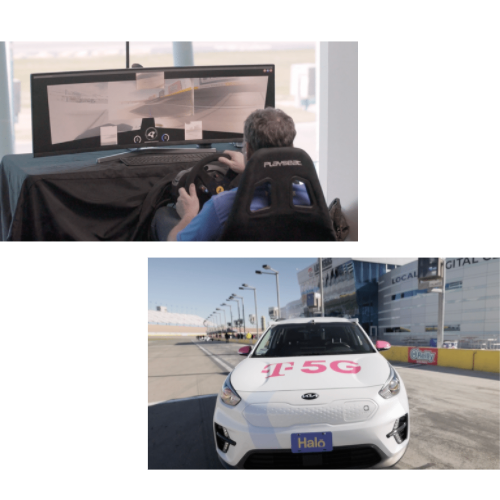
In a groundbreaking move, T-Mobile has announced the activation of its 2.5 GHz mid-band spectrum, acquired through FCC Auction 108 in August 2022. With over 60 million subscribers eagerly anticipating improved 5G experiences in the coming days, the Un-carrier is set to reshape the 5G landscape across the United States.
The 5G SALE Act Unleashes T-Mobile’s Potential
T-Mobile’s journey to utilize the acquired mid-band spectrum was marked by challenges. Despite winning 7,156 licenses covering 2,724 counties in the auction, the company faced regulatory hurdles. The FCC auction authority expiration and subsequent legislation, namely the 5G SALE Act, paved the way for T-Mobile to unleash the potential of its acquired licenses.
Mid-Band Spectrum: The Goldilocks of 5G
The 2.5 GHz mid-band spectrum is a big deal for T-Mobile subscribers. Unlike high-band mmWave spectrum, mid-band offers a balance between speed and coverage. It travels longer distances and is less prone to obstruction by obstacles like buildings or trees. Often referred to as the “Goldilocks of 5G spectrum,” mid-band strikes a perfect balance between the ultra-fast mmWave and the more widespread, but slower, low-band spectrum.
T-Mobile’s Ultra Capacity 5G Expansion
On March 6, 2024, T-Mobile announced a significant expansion of its Ultra Capacity 5G coverage. By activating the 2.5 GHz spectrum, the Un-carrier aims to enhance the 5G experience for tens of millions of users, particularly those in rural areas. The added capacity will result in an immediate performance boost for customers, marking a crucial step in bridging the digital divide.
Mike Sievert, CEO of T-Mobile, expressed excitement about the development, stating, “This type of execution is exactly why T-Mobile is the new network leader in the U.S., and we continue to give customers the greatest value at the same time.”
Impact on Rural Communities
T-Mobile’s strategic investment of $304 million in FCC Auction 108 covered over 7,000 county-based licenses, impacting more than 80 million people, nearly a quarter of the U.S. population. With a focus on rural areas, the Un-carrier is delivering improved connectivity and performance, fostering healthy competition and choice for millions of Americans.
In the coming days, T-Mobile will activate the spectrum, covering nearly 60 million customers over almost 300,000 square miles. The company plans to deploy the rest as new towers are built, ensuring a comprehensive and robust 5G network.
Nationwide Reach: What to Expect
Wondering if you’ll benefit from the added capacity? T-Mobile secured licenses in nearly every county across the U.S., ensuring widespread 5G coverage. Even if you aren’t in one of the 80 million+ areas directly impacted, you’re likely to experience a 5G boost wherever you go – whether traveling, working, or playing.
For example, in Louisiana, the spectrum activation will benefit customers in 92% of the counties, leading to immediate improvements in connectivity for more than 1.7 million people, with nearly 500,000 in rural areas. Similar enhancements will be seen in Pennsylvania, reaching 2.2 million people, including nearly one million in rural communities.
T-Mobile’s Unmatched 5G Network
T-Mobile’s commitment to expanding its 5G network has propelled it to the top of the industry. The Un-carrier is now crowned the overall network leader in the U.S., boasting the largest, fastest, and most awarded 5G network. With coverage extending over 330 million people across two million square miles, T-Mobile surpasses the combined reach of AT&T and Verizon. More than 300 million people nationwide are covered by T-Mobile’s super-fast Ultra Capacity 5G, with over twice the square miles of coverage compared to its closest competitors.
For those yet to experience T-Mobile’s network, the company offers a free trial with Network Pass. Users with unlocked eSIM-compatible phones can enjoy three months of T-Mobile’s unlimited smartphone data, including 5G. The transition to T-Mobile is made seamless with Easy Switch, allowing users to make the move in just minutes from their phones.
In conclusion, T-Mobile’s activation of the 2.5 GHz mid-band spectrum marks a significant milestone in the evolution of 5G connectivity across the United States. As the Un-carrier continues to enhance its network, millions of subscribers can look forward to a faster, more reliable 5G experience, solidifying T-Mobile’s position as the new leader in the U.S. telecom landscape.



